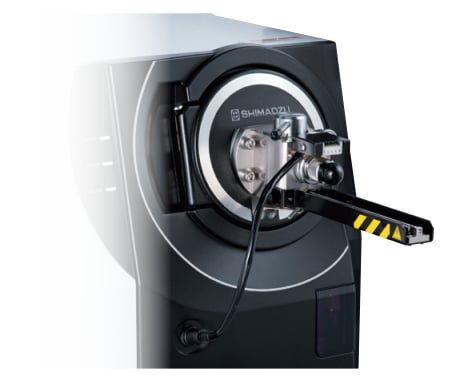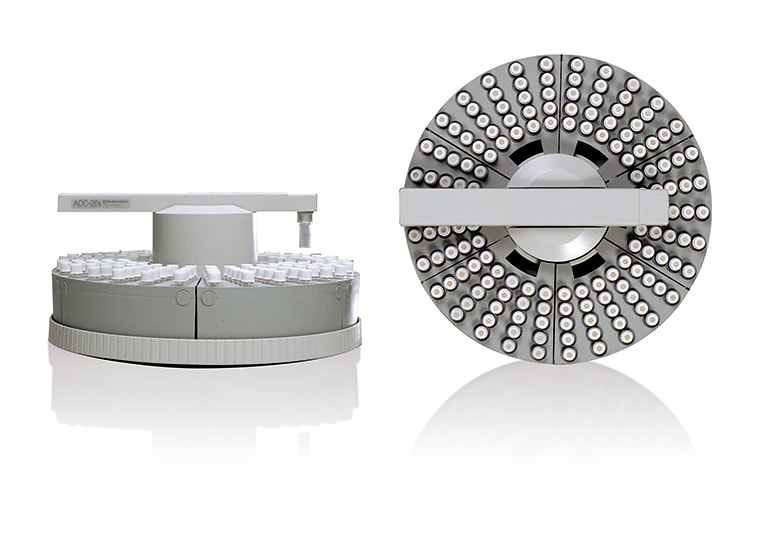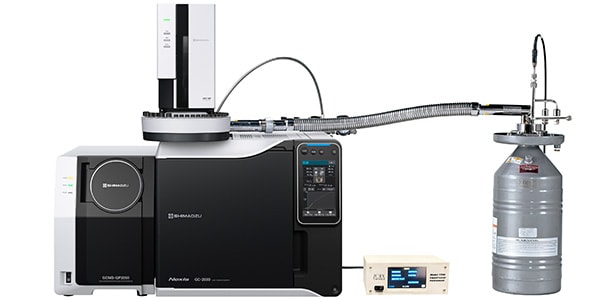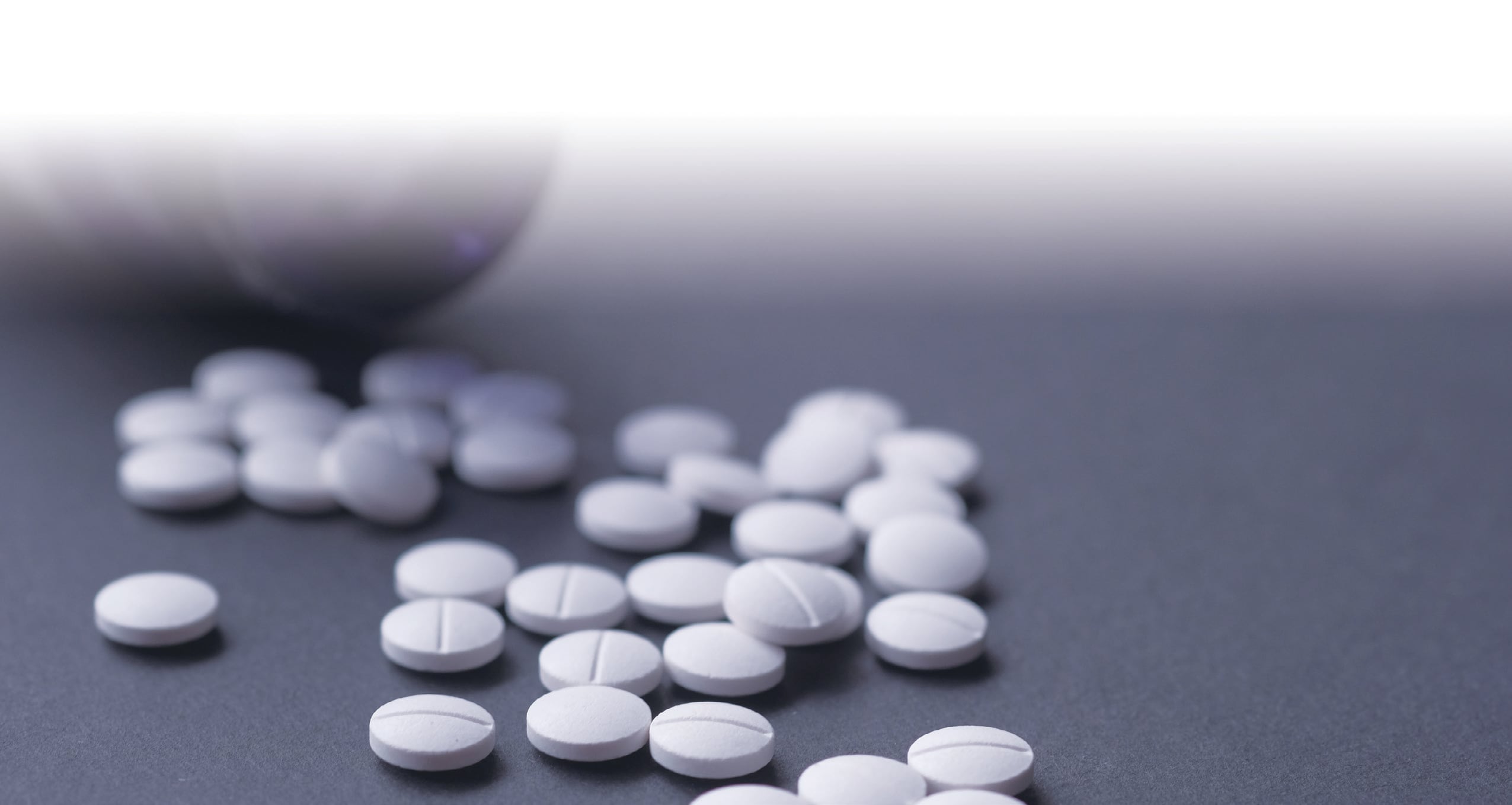
LabSolutions Insight
Triple Quadrupole Gas Chromatograph Mass Spectrometer

EU Regulation Compliant GC-MS/MS Method Package for Dioxins in Foods

Smart Environmental Database

GC Consumables

DI-2010

GC/MS CI , CI/NCI and SMCI Measurement

AOC-20i/AOC-20s

Py-Screener Ver.2

Polymer Additives Library Ver.2

Compound Composer Database Software

GC/MS Forensic Toxicological Database

Comprehensive GCxGC System

GC/MS Residual Pesticides Database Ver.2

Smart Metabolites Database™ Ver.2

Smart Forensic Database

Smart Pesticides Database

Mass Spectral Libraries and Databases

GCMSsolution

TD-30 Series

GC/MS Off-Flavor Analyzer

Py-GCMS

Automatic Derivatization System for Phenethylamine Drugs

Gas Filter